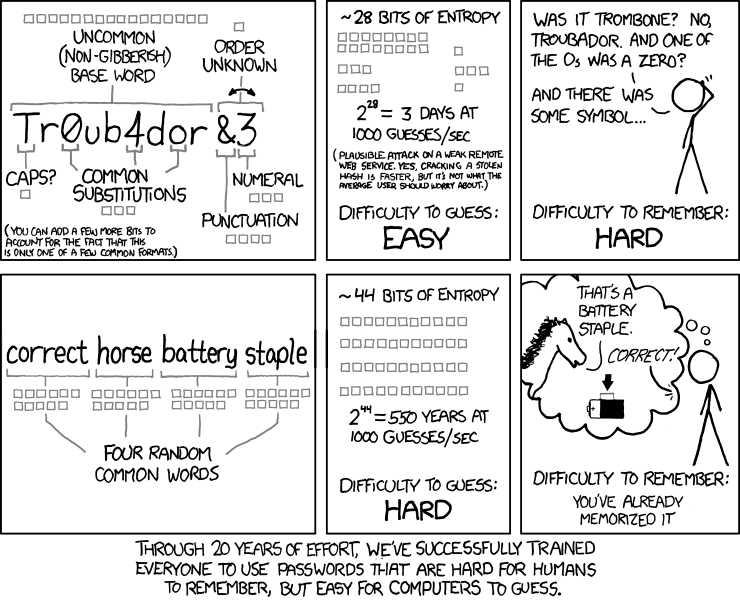Up until now, my all time favorite piece was written back in 1997 for my History of Science class when I wrote about the history of the barber-surgeons and how they fixed a delicate problem for the King Of France. This piece is now my favorite and is dedicated to the wonderful people at the South Saskatchewan Independent Living Centre.
Back in May of 2012 my daughter, Elizabeth, ended up injuring both ankles badly enough that she could not walk a step; she would require the use of a wheelchair. Since we didn’t know how long she would need it, we decided to purchase a second hand manual wheelchair for about eighty dollars. She is now recovered, and the wheelchair had been sitting unused in the storage room in our house for a few months. Her experiences in the chair gave her a personal appreciation for the accomplishments of the disabled along with the struggles, both physical and social, they face on a daily basis. In November of 2012, I decided as a personal challenge to spend two days as a paraplegic and get a sense of the realities of life in a wheelchair.
While I could talk in depth about how difficult it is as a big fat guy to propel myself using the handrims, and how my arms were quickly exhausted from the effort, I will not, because that is an issue that is quickly solved with exercise and practice. By the end of the day, I was getting better. Given time, the apparent effort needed for self-propulsion in a wheelchair would be no different than the normal effort needed for walking. I’m out of shape, the wheelchair simply pointed that fact out to me in a roundabout way. Despite my inexperience in a wheelchair, I was still able to notice a few challenges that people in wheelchairs face on a daily basis.
The first thing I really noticed about moving around in a wheelchair is that Saskatchewan is not as flat as it appears. Since I am not allowed to use my daughter’s handicapped parking permit, and I wouldn’t use it myself even if I could, I parked in my normal spot in Lot 17 at the University of Regina, a gravel parking lot that normally leaves me with an easy ten minute mosey over to class, over what appears to be flat terrain. Even when sleepy after a long night working on my Computer Science projects, I can still walk in a straight line to class and avoid walking on the grass or running into light poles.
There is no such thing as flat when you are in a wheelchair. Downhill is easy, right? Point the chair in the direction you want to go and coast to the bottom, keeping your hands close to the handrims so you can apply the brakes when needed. Um, no. While speeding downhill in a wheelchair, you will discover the sideways slant that pulls the chair to one side, forcing the front off the sidewalk and tipping the chair over, throwing you into the grass. Properly aiming the chair is much like putting in golf. On the golf green, if you aim the ball directly at the hole, you will miss. Instead, you have to read the break of the green and aim the ball uphill from the hole so that gravity does the rest, dropping the ball in the center of the hole. In a chair, if you only aim at where you walk to go, you will either end up in the ditch or you will have to keep readjusting your aim, wasting a lot of energy in the process. If I drove like I move about in a wheelchair, I would end up with a DUI.
When walking, do you slow down when walking through an open door? If you are like me, one moment you are in the Archer Library Building, the next moment you are in the AdHum building without realizing you walked through a doorway. A closed door isn’t even much of an obstacle to a fully bipedal human, open the door with one hand, hold it open for the person behind you and keep on walking. I can even do that, drink from my water bottle, and respond to a text message without slowing down at all.
This does not happen in the wheelchair. Even an open door is an obstacle, as the width of most door frames is just a bit bigger than the width of the wheelchair. The process of going through an open door isn’t too bad, but you have to make sure the chair is lined up directly through the center of the doorframe, and that your hands won’t get pinched between the frame and the handrims as you slowly push your way through the door. Another way is to just grab the door with one hand, the frame with your other, and pull your way through.
Closed doors can have a huge effect on the accessibility of the building, especially in some corners of the University. If you are lucky, there will be an automatic door opening button, and it will be on the same side of the hall as the door it opens. Others, like the one connecting the Archer Library to the Residences, have the door button on the right, but the door on the left is the one that opens. This means you have to travel right to push the button, reverse in traffic, line up the chair properly, and pass through the door as it shuts behind you trying to catch your rear wheel. If the button is instead beside the door, it’s a simple matter to line up the chair to the door, push the button, and go through. Why can’t they all be like that?
Worst of all is a closed door that does not have a button to open it. If it is your classroom door, your best bet is to simply thank your classmate for opening and holding the door for you. However, if you are alone in the CS lab, trying to find and fix the annoying bug in your code after everyone has left, you will have to open the door yourself. This is a process that involves setting your brake, turning the doorknob, push (or pull) the door, and use the chair to keep it open while you pull yourself through the door frame. Good luck sipping a drink and texting while doing this.
Carrying a drink and your lunch is not easy in the chair. For someone able to walk ordering a drink and a meal is simple. Order, pay, grab your drink, find a table, sit down, wait for your number to be called, walk to the bar, grab your food, return to your table, and eat. Easy. However, in the wheelchair, how do you carry a glass filled with your beverage of choice with one hand, and propel the chair with the other? It’s not easy. A real paraplegic likely wouldn’t be able to hold the drink between their legs. Even if I cheated and used my thighs to hold the glass, it would likely spill as I made my way to the table. My only real option was to hold the drink with one hand and propel myself with the other hand, and switch hands every push of the chair. This is not very efficient, but it does work. It is easier to simply place the food platter in your lap to move to your table, but anything bigger, like a bag of groceries, and you will begin to have a much more difficult time.
After eating and drinking, the next step is to visit the washroom. Normally this function is completely automatic. You walk in, do your business, wash up, and walk out. Able bodied people do not rate washrooms on their degree of difficulty to get in and use. Unfortunately for those in wheelchairs, not all washrooms are accessible. It takes more than just a wider stall; just like a door, you must also be able to line up the chair to the entrance. Inside the stall, you have to spin the chair 180 degrees, and reverse to the toilet in order to transfer over. I still have not figured out how true paraplegics lower their pants in order to use the toilet. To be honest, once I got the chair over to the toilet, I cheated. After finishing up, there was another problem: I could not reach the soap dispenser, and it was quite the stretch to reach the sink to let the motion sensors activate the water taps. Again I had to cheat, either because the sink area was inaccessible or I was just too inexperienced to figure out how to do it.
The most surprising aspect of working with a wheelchair is that surfaces matter. Hard, smooth surfaces are best. A soft carpeted surface makes it seem like you are wheeling uphill due to the excessive friction between the carpet and the wheels. You have to continue to push the handrims to move; if you stop, so will the chair. Decorative surfaces, like in the Education and Kinesiology Centre, that may look hard still rub against the wheels, slowing them down, making every meter a hard push. The plain linoleum in the Classroom building is the best surface I found for using the wheelchair; I was actually able to glide a bit through the hallways and rest my aching hands a bit. The worst surface is a frosty sidewalk. The light dusting of snow and frost takes away all traction from the wheels preventing almost all movement. You can spin the wheel as much as you want, but the chair only moves a few centimeters at a time. It was so bad, that I actually had to abandon my simulation and walk the chair back to my van. Very few people would notice a difference in the effort needed to walk across these surfaces, but in a chair you notice every change; not all of them are good.
I finished my two days as a paraplegic exhausted, sore, but incredibly thankful for the experience. Two days after finishing the experiment, my hands are rubbed raw with small blisters on the fingers, and the muscles in my wrists, forearms, and pectoral region are still stiff and sore from the unexpected workout. My experiences with the wheelchair have alerted me to the more subtle issues that make it more difficult for people in wheelchairs to move about and take care of daily living. Prior to my daughter or myself being in the chair, I believed that the only consideration for wheelchair accessibility would be extra maneuvering space and alternatives to stairs. Wider bathroom stalls, wider aisles in classrooms, and ramps or elevators to deal with elevation changes. Spending two days in the chair has opened my eyes to the subtle challenges that face the users of wheelchairs and other mobility aids. When others complain of the cost of making modifications to make building more accessible, my response is simple:
“What if it was you who couldn’t use the washroom in this building?”






![IMG_1602[2]](http://reginavirtualhelpdesk.com/wp-content/uploads/2012/01/IMG_16022-300x225.jpg)

